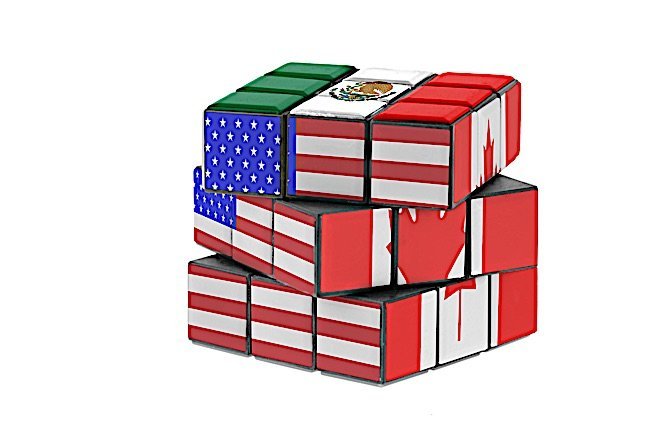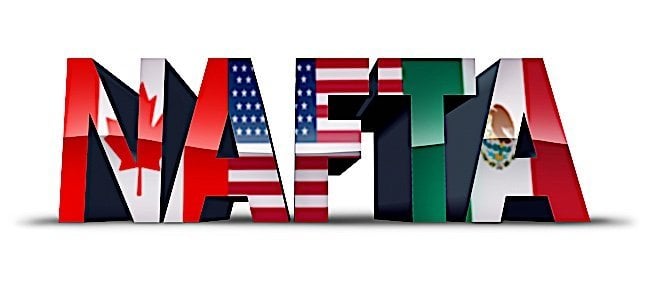The U.S. and Mexico trade ministers came closer to a deal yesterday. The two hope to bring Canada back into the discussions if they can agree on some remaining bilateral issues.NAFTA is a free trade agreement between three countries, but Mexico and the U.S. have specific issues to deal with bilaterally first.
Talks are continuing. On Twitter, Mexico’s NAFTA negotiator Kenneth Smith wrote: “We are making progress in the chapters that will modernize our agreement, and Mexico will continue working constructively on all fronts.”

NAFTA 24 Years Old
President Donald Trump pushed to renegotiate NAFTA, now in its 24th year, with the view to reduce trade deficits with trading partners. The talks have, to date, lasted almost a year — and were stalled briefly after the July 1 Mexican election. One of the main sticking points, regarding automotive, is wages in Mexico, perceived to unfairly undercut the U.S. and Canada. Canada has been sitting this round out, as the U.S. negotiates with Mexico on the tough wage issues. The main negotiating problem has been “regional content” rules. The other sticking point has been any sort of renewal or term condition — seen especially by manufacturers as an impediment to long-term planning.
Both the U.S. and Mexico have indicated “good progress” in their discussions and signaled a possible end to the bilateral talks. Jared Kushner, President Trump’s son-in-law, attended the talks last Tuesday. The bilateral discussions between Mexico and the U.S. are important to resolve first since they are issues specific to the trade agreement between these two partners.

Regional Content Requirements
The requirement U.S. negotiators are pushing for is one that ties content thresholds to higher wages — an area where Mexico lags. Regional Content Requirements are reasonably expected to increase to 70 per cent, from the current 62.5 per cent. There is talk of a requirement that at least 40 per cent of overall value must derive from high wage locations paying a minimum of $16 an hour. This would effectively eliminate Mexican content unless wages there are increases, but puts the United States and Canada on equal footing. Non-US automakers have opposed any moves to raise regional content.

































